The Lopez Memorial Museum turns 50 this month
and anniversary activities kick off with the launching of the coffee table book
alongside the opening of a cutting-edge exhibit, Threads: The Museum as Site for the Weaving of Tales.
Threads features contemporary artists Leo Abaya, Myra Beltran, Jef Carnay, Kiri Dalena, Ann Tiukinhoy Pamintuan, Claro Ramirez, Jean Marie Syjuco and Ann Wizer. Each artist has been invited to either craft a work taking off from their personal notion of the museum or to “cosplay” characters found in iconic works from the museum collection. Taken together, their works will speak on what museums do, as sites of remembrance and narrative-making.
Threads: The Museum as Site for the Weaving of Tales
Threads at Rockwell underlines the museum’s commitment to move the institution forward by broadening its engagements outside its premises in Pasig and pursuing an openly interdisciplinary approach to exhibitions and programs.
Threads at Rockwell Tent takes off from the title of Lopez Memorial Museum’s commemorative book and overall anniversary theme, Unfolding Half a Century: The Lopez Memorial Museum. It launches the series of events marking the institution’s 50th anniversary celebration. Loosely taking after a UP College of Fine Arts exercise called “Paintings Come Alive”, Lopez Museum will engage a mix of individuals to ‘cosplay’ characters found in iconic works from its collection as well as animate or embody their notion of what museums, as sites of remembrance and narrative-making, do.
The works and artists pairs are the following:
1. Leo Abaya’s Generator is a video installation playing on spinning/unraveling thread/fabrication using archival footage of the museum’s opening in Pasay as well as objects in its trove; it is interactive in the sense that a museum official will be asked to set off a kinetic sculpture that in turn activates video.
2. Myra Beltran will perform Mi ultimo adios, a 6-7 minute excerpt from Itim Asu: 1719-2009, a modern ballet that references Felix Resurrecion Hidalgo’s El Asasinato del Gobernador Bustamante y su hijo, the anti-clerical flavor of El Filibusterismo, and the agential power of artists.
3. Jef Carnay’s Tipped and Empty Pockets make up a tandem of installation and performance depicting the character in Danilo Dalena’s Jai Alai series, Talo.
4. Kiri Dalena’s Watch History Repeat Itself is a video installation using images taken from the Lopez Library archive as projected upon marble and soil.
5. Ann Tiukinhoy Pamintuan’s The Family Affair and Pie Chair are functional handwelded galvanized wire sculpture lounge pieces that evoke the need for bonding and converging physically.
6. Claro Ramirez’s Industrial Totems are three totemic sculptural pieces invoking history, lineage and memory in light of the museum’s turning 50 years old. Consciously evocative of the underside or unfinished nature of creative practice, Industrial Totems underscores how birthing the new begins with what is old and perceived as used up.
7. Jean Marie Syjuco’s work called Where are we now?… Where do we go from here…? metamorphoses the two female figures in Juan Luna’s Espana y Filipinas into Barbies ascending toward a video projection of images suggestive of cultural imperialism.
8. Ann Wizer’s Extra ORDINARY combines found objects made out of trash woven into tapestry and garments coupled with sound elements. Her work takes off from Jose Tence Ruiz’s Topless Victorian. She also collaborates with Jean Marie Syjuco’s piece for Threads.
At the Rockwell Tent, visitors will enter a pared down environment reminiscent of New York-underground/warehouse happenings. The Tent, while fitted with staging accoutrements will evoke a rough unfinished space that strongly suggests a physical encounter with the material and process of art/culture-making. The Tent itself should be looked upon as one large installation that simulates how Lopez Museum has morphed from a site of static display and hanging to one that reckons with how the contemporary viewer consumes information and multisensory stimuli—that is in the non-linear, self-propelled, endlessly nested cross-referencing that is best visualized by imagining computer users dealing with simultaneously open windows/tabs and hyperlinks pointing to other hyperlinks.
Highlights of these performances and installation pieces will be exhibited at the Rockwell Power Plant Mall North Court from February 19 to 25, 2010.
Fifty years have passed since Lopez Museum’s doors first opened and sought a public for its trove of what was then loosely imagined as Filipiniana, presumably material proof of what was held in common or at least tenuously marked off what was and was not Filipino. This half-a-century post-ness brings with it notions of evidence for re-consideration, looking back and ultimately, moving forward. After the Fact is given to questions such as: What and how did we do? Then what?
As ‘after’ summons appropriative gestures and attempts to establish lineage and a re-collected past, this exhibition assembles remnants of what has transpired, what is present in the collection, and what is perceived as needing attention if the museum continues to aspire to a wider breadth and substantive depth in the working narratives that its exhibitions and attendant public programs present.
This particular project also brings two artists loosely associated with Philippine social realism into the physical site of this museum which has much more popularly imagined as a home for art produced by Luna,
Hidalgo
and several generations of modernists.
In After the Fact, Antipas Delotavo (Nature of the Beast) and feminist Imelda Cajipe-Endaya (Musmos and Tarana) underscore what may have been eclipsed in the unfolding of various stories that have been articulated within Lopez Museum over the years.
Alongside their work are multimedia interventions from the one-time and still ambivalently diasporic practice of Keith Sicat (Cinemosaic) and Gaston Damag (Rin-Nawan), the latter specifically highlighting, to this mind, still another gnawing gap in narratives woven within the museum as generator of knowledge, that is, particularly about notions of indigeneity and origin lacing the complex relationships between lowland and highland cultures in the Philippines. These still relatively muted voices emanate from continuing re-explorations of the Philippines as thrice occupied territory unto our present days of unbridled deployment of Pinoy human bodies across over 200 countries around the globe as of recent count.
In as much as there is truly no escaping what has passed in attempting to move through the present and future, After the Fact hopes to approximate a subtle homage of cultural production that is not so facetious that it only gets helplessly entangled in paeans to itself.
What started as the personal collection of the late Lopez Group founder Eugenio H. Lopez Sr. has evolved into a trusted and well-loved Philippine institution. In fact, the Lopez Memorial Museum and Library collection now ranks as one of the finest in Asia.
Since its founding in 1960, the fine art section has grown from an initial collection of 19th century masterpieces consisting of 36 Juan Lunas and 182 Felix Resurreccion Hidalgos to include modern and contemporary pieces. The library currently counts over 19,000 Filipiniana titles by 12,000 authors, rare books, maps, manuscripts and literary works. With the institution’s digitization project and conservation laboratory, it provides quick and convenient access to materials while ensuring that these are preserved for future use.
Over the years, the Lopez Museum has always been committed to move the institution forward by broadening its engagements outside its physical structure, as well as pursuing an interdisciplinary approach to its exhibitions and programs. For more info, contact Fanny at 631-2417.
For more information, visit their website, click on the photo below:
[email_link]


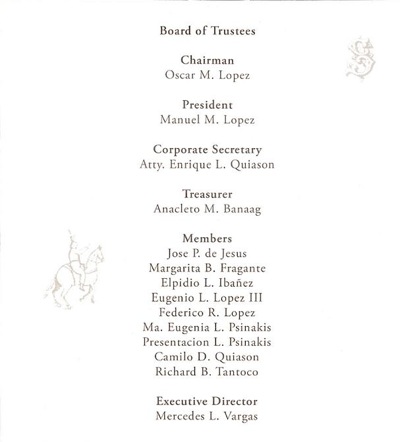
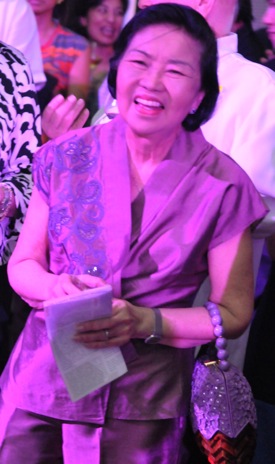
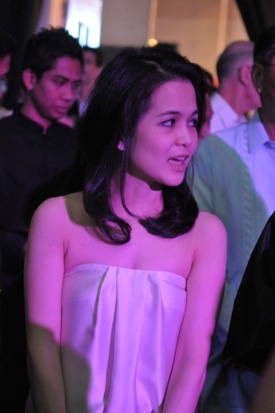
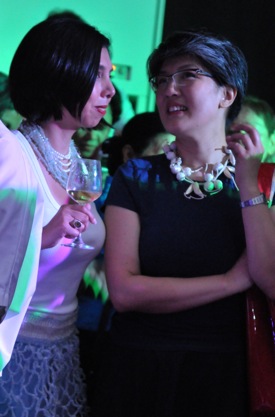

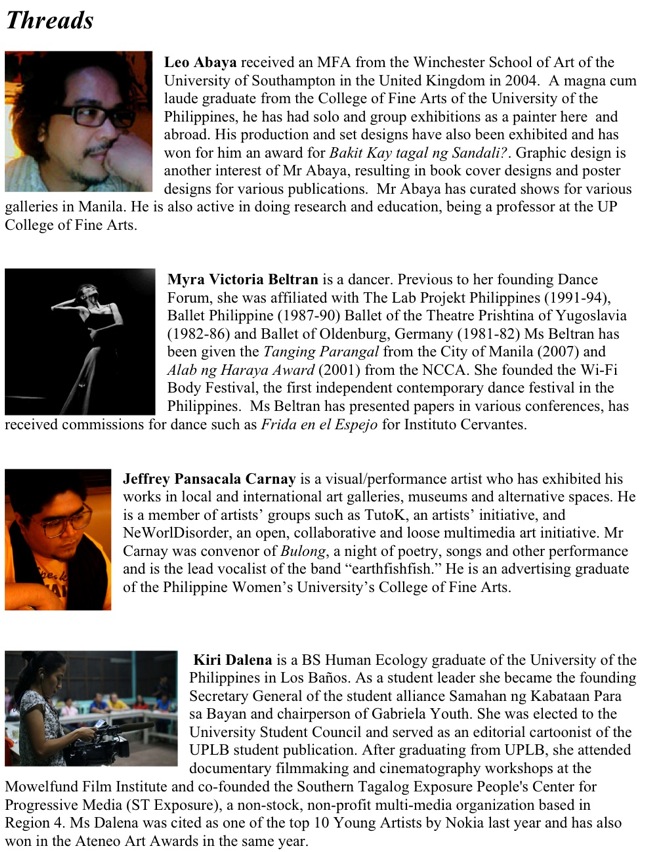
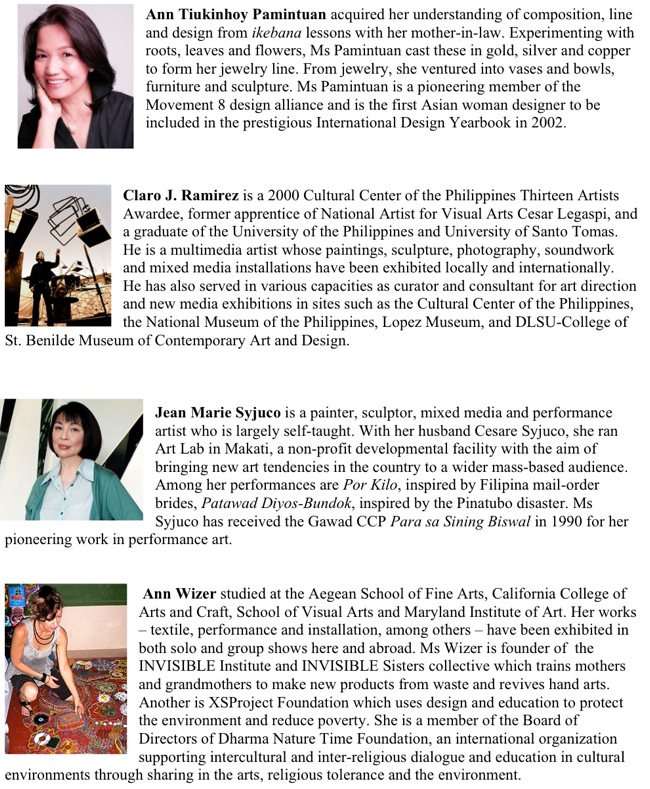
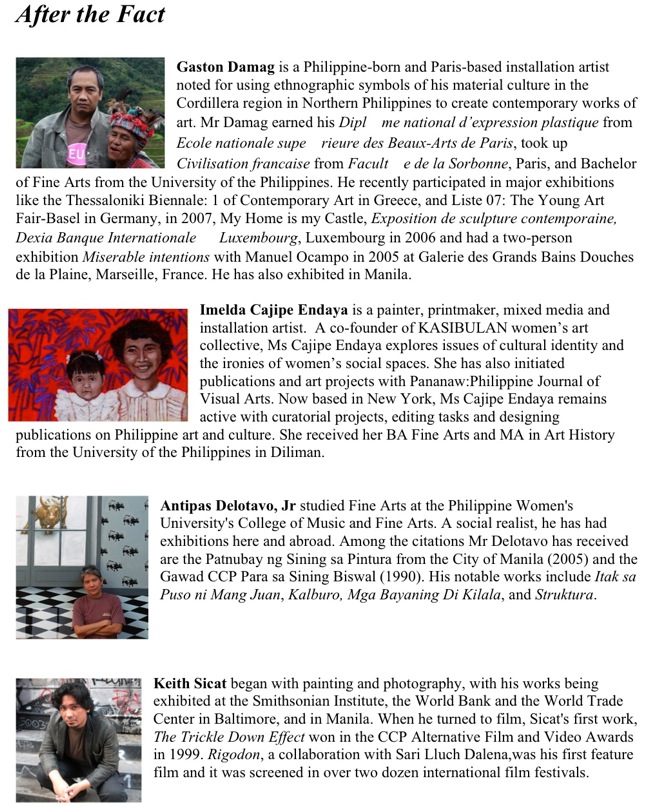
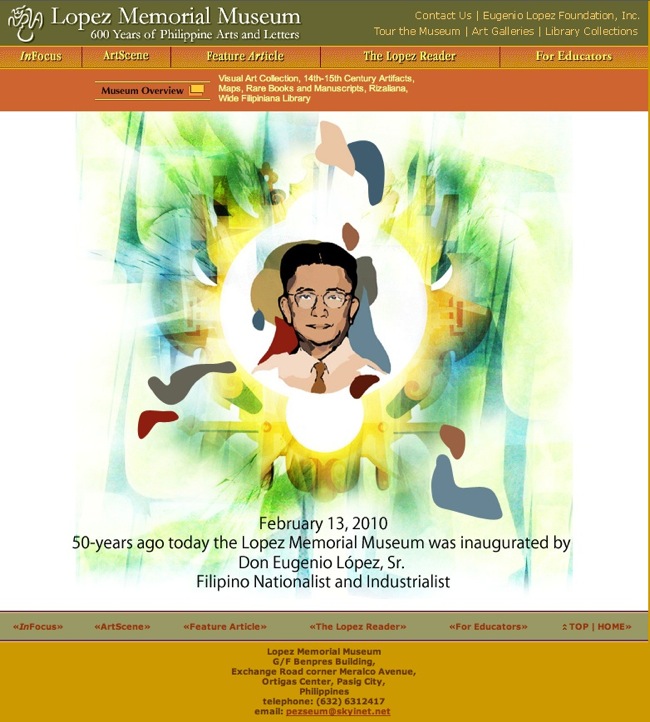











Thank you, immensely Rica for your photos and documentation of the event! Hope you paused long enough to enjoy the evening’s offerings!
Cheers and appreciation!